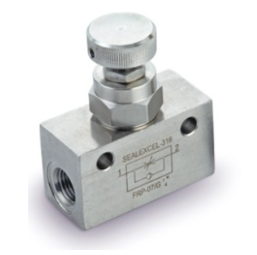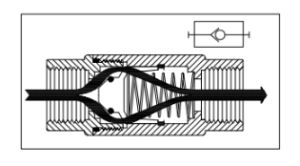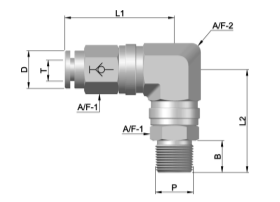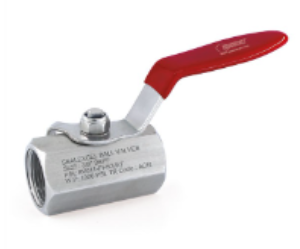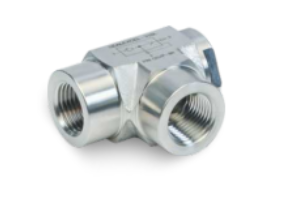
How to Select the Right Pneumatic Air Pipe Fittings
April 5, 2023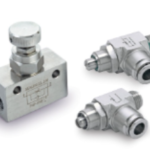
The Best Guide: Unraveling the Secrets of Control Valve Selection
February 21, 2024Introduction:
Pneumatic flow control valve serve as indispensable components across various industries, regulating airflow and pressure within pneumatic systems. Understanding their operations is key to optimizing performance and ensuring seamless functionality. This comprehensive guide delves into the intricacies of these valves, shedding light on their significance and operational mastery.
Understanding Pneumatic Flow Control Valves:
At its core, a Pneumatic Flow Control Valve is designed to manage the rate and direction of airflow in pneumatic systems. These valves come in various types, including needle valves and throttle valves, each tailored to specific applications. Their primary function lies in regulating the flow of air, crucial for maintaining desired speeds, controlling forces, and managing actuator movements within pneumatic setups.
Applications of Pneumatic Flow Control Valves:
The versatility of pneumatic flow control valves finds application across a spectrum of industries. In manufacturing, these valves play a pivotal role in assembly lines, controlling air supply to different pneumatic tools. The automotive sector relies on them for precision control in automated processes like welding and painting. Even in the aerospace industry, pneumatic flow control valves are instrumental in managing pressure and airflow in critical systems.
Consider an assembly line in a manufacturing facility where pneumatic flow control valves regulate the air supply to various tools. By adjusting the valves, operators can precisely control the speed and force of these tools, enhancing production efficiency while ensuring product quality.
Operating Principles and Mechanics:
The functionality of pneumatic flow control valves is grounded in intricate mechanics. These valves typically consist of a valve body, actuator, and control mechanism. When air passes through the valve, the control mechanism regulates the flow, either by constricting the passage (as in needle valves) or altering the valve’s position (throttle valves). Factors such as pressure differentials and valve designs significantly influence their performance.
The modulation of airflow within these valves is crucial for maintaining stable and controlled operations. A nuanced understanding of their mechanics allows for precise adjustments to meet specific operational requirements.
Best Practices and Optimization:
Selecting the right pneumatic flow control valves for a given application is paramount. Factors like flow rate, pressure range, and compatibility with the pneumatic system need consideration during the selection process. Furthermore, proper installation and regular maintenance are imperative for optimal performance. Routine checks, cleaning, and lubrication help prevent valve malfunction and ensure longevity.
Conclusion:
Mastering the operations of pneumatic flow control valves is fundamental for maximizing efficiency and productivity across industries. Their nuanced functionalities and versatile applications make them indispensable components in pneumatic systems. By understanding their mechanisms, selecting the right valves, and adopting best practices in installation and maintenance, industries can harness the full potential of these valves, leading to smoother operations and enhanced performance.
In essence, the mastery of pneumatic flow control valve operations empowers industries to navigate complex pneumatic systems with precision, reliability, and efficiency.

